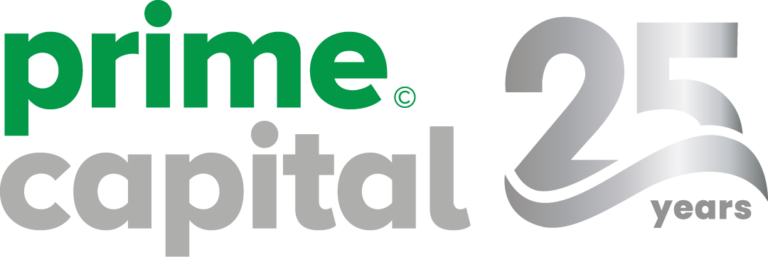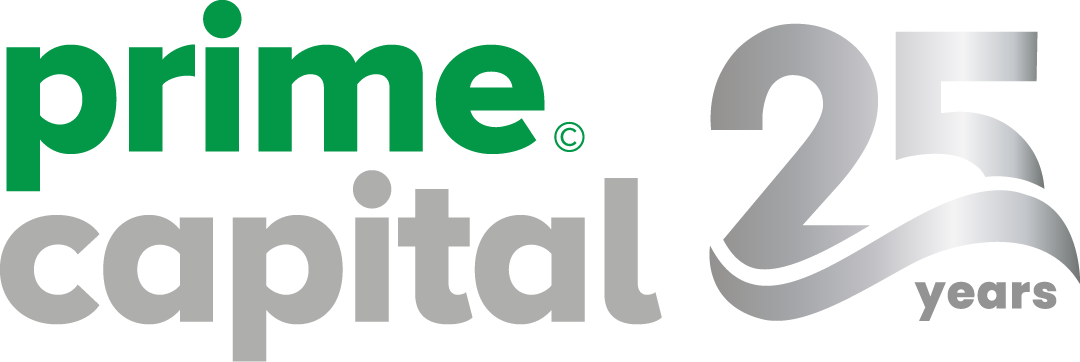Ever lost a key employee? Had a client go bankrupt? Broke up with a business partner?
Still cringe thinking about it?
Me too.
We’re in good company. Nelson Mandela said “The greatest glory in living lies not in never failing, but in rising every time we fail”.
Fall down seven times, get up eight.
This spring, I sustained a knee injury playing soccer. I asked the surgeon how long before I could lace up my cleats again, he looked me straight in the eyes and said without blinking “Well, that depends on how good your physical fitness was BEFORE the injury”.
The statement resonated. The next week, reviewing cash flow projections for a business, I wondered how many times insolvency and restructuring advisors said this to distressed clients. From a business standpoint, resilience defines a business’ ability to survive. It’s sometimes called “elasticity” – how quickly you recover steady state after a disruption – ie a business ‘injury’. Resilient businesses have change management and emergency response plans for assets, markets, people or brand equity. But sometimes they’re myopic, holding on too long to what’s always worked for them (just ask Kodak – not so resilient).
There’s a lot of good research in this area – but it’s also common sense. Most folks agree that adapting to the environment promotes survival. If you’re not prepared to step out of the path of the oncoming truck, the least of your problems is not catching that license plate.
iTunes – disrupted old style record stores. Netflix – hastened the swan song of Blockbuster Video. And I know some logistics people paying close attention to the rapid-fire development of 3D printing technologies (warehouses full of cartridges of 3D printing material, rather than stuff)
But let’s face it, if adaptation requires continually shifting all aspects of your business, that’s exhausting.
Or, maybe there’s ANOTHER way.
Zappos is the darling of the business shift generation. In 2013, they upended their already out of the box business culture, adopting holocracy as their new management strategy. Holocracies are organizations built of democratic, ‘self governing’ circles of accountability. Will it be successful? We don’t know, but it’s management evolution. Zappos’ strength is anticipating adaptations to help them survive changing business environments.
One large change they might be anticipating is the impact of ‘Millennial’ and ‘Digital Native’ employees.
The younger generations aren’t looking for a long range promotion (they want to be recognized for their talents today), a prime parking spot (they take RapidTransit), or a cubicle where they work alone all day.
My own teenagers’ school experience involved collaboration (group projects at school complete with group accolades), some education models don’t hand out grades at all (every child has a different talent), and there is a world of resources at their fingertips (why focus on a single knowledge channel, when information is no longer the new frontier?). Reddit, Tumblr, Gamification, Wikis of all sorts. It’s a sharing economy.
Holocracy, then, has a whiff of resilience about it. A democratic, group problem-solving hub. Next generation employees want flexible operating environments, increasingly challenging jobs (the faster the better) and being held accountable to the team.
Goodbye Boss. Hello Leader.

Source: Servant Leadership
It’s ironic then, that one of the oldest frameworks for hierarchy, the military, might actually be a kind of holocracy.
The military values and builds on group accountability, respect and support for members, trust and integrity as the backbone – and as Simon Sinek’s new book on healthy organizations explains, the leaders go last when it’s meal time.
A military organization is hierarchical – but its groups operate independently in the field (platoons, corps, batallions etc). Groups are interconnected by a well understood plan, and group members are highly interdependent. Success comes with the achievement of deep, dynamic in-group accountability.
I’m not convinced that holocracy is such a new idea.
It’s just a new application of people dynamics in business. Consider the economics of business: it’s well understood that lots of unhappy employees will eventually impact your business. Poor customer experience, sub-quality products, haphazard or inconsistent execution – they’re all culprits in poor market performance.
Disruptive technologies or macro-economic implosions aside, in our micro-environment, human resources are arguably the most important thing we should manage. Management researchers, like Jim Collins of “Good to Great” renown, advise CEO’s to spend 80% of their time coaching their team. The more happy, aligned, and empowered the team is, the better it performs and the better the business can execute the chosen strategy.
Lots of current leadership thought focuses on culture and employee engagement. We know it’s not enough to simply implement an employee engagement survey once a year. You have to dig really deep into topics like transparency, clarifying (and simplifying) goals, and ensuring there is waaaay more communication with the team than you’re probably used to.
Think about this: the companies that made the “10 Worst Companies to Work For in 2013” list had in common the complaint that employees were simply a means to an end (i.e. profits). The “10 Best Companies to Work for in 2013” by contrast, share attributes such as:
- regular CEO town halls
- bi-lateral reviews (ie employee and employer review one another) cross-functional communication teams (so accounting and sales actually understand what one another are doing)
- an intranet (think Social Media INSIDE the company) for sharing ideas, promoting best practices, and acknowledging successes and FUN
- authenticity (one North American-wide successful commercial real estate company I know has a “no-asshole” rule. Really. Zero tolerance for bad attitudes in the company no matter how successful the person)
- empowered to make decisions within their group or hub (make customers happy)
- a purpose that everyone gets, and understands how they contribute
Resilience is built into this model – and notice how these attributes mirror the democratic, inter-accountable model of the holocracy. Culture and engagement are hugely important to the bottom line. A Google search on mergers yields stories of perfect marriages on paper that fail utterly to mesh the people (and egos) within the organization. Recently, a $35BN merger between two global ad agencies was squashed, notably, due to culture clash. Lost opportunity, distraction from the core business, disillusion of the teams – it’s hard to believe that they didn’t figure this part out first. Sadly, it happens ALL the time.
The business that focuses on identifying its brittle bits and works to create elasticity will win, every time. In “Leaders Eat Last”, Simon Sinek identifies trust and safety as key drivers of productivity. When people feel threatened in their environment (someone or something is out to get them, perceived or real), they respond defensively, to protect themselves.
A truly productive and resilient environment, based on trust, collaboration, and sharing of resources can target potential problems before they arise, not to mention creatively solving them on the fly. How can we possibly expect people to work this way, if they’re fully consumed with watching their backs?
So, maybe we don’t need to throw the business baby out with the management bathwater. Maybe we just need to work harder at creating trust, fostering mutual respect, and remembering that a Boss has to work really hard to keep the team heading in the right direction, but a Leader only has to go in the direction, and a trusting team will follow.
In our business, we’ve implemented a “Got Your Back” award – so individuals can recognize one team member who’s gone out of their way to help another. It’s just one small thing, but the healthier our team is in its mundane everyday world, the more resilient we’re going to be if something big kicks our proverbial feet out from under us.
After all, an unhealthy knee can be replaced – but if you want to get back into your running form, it takes having a healthy leg to begin with.




